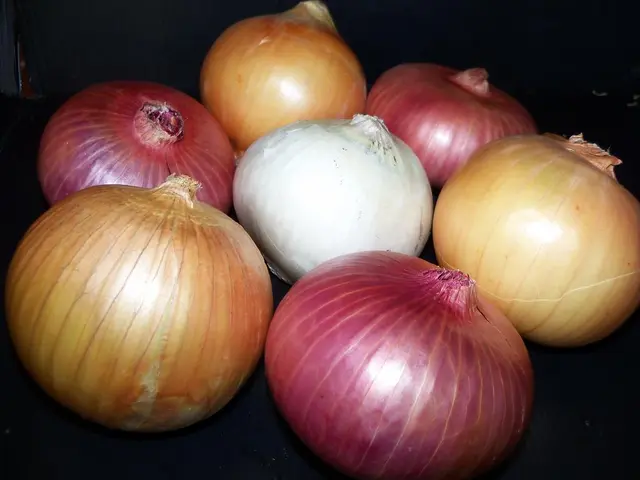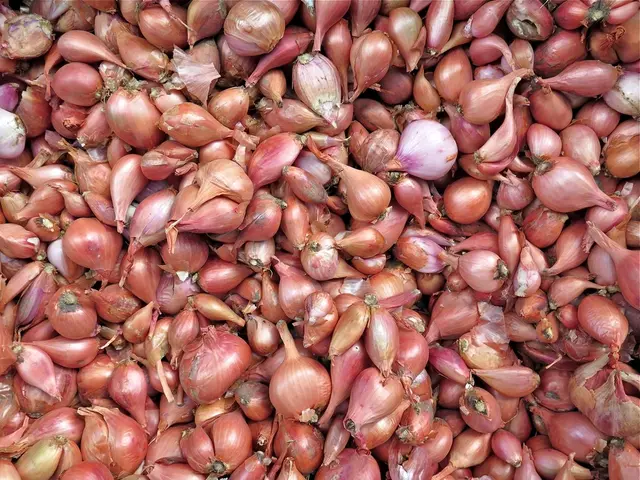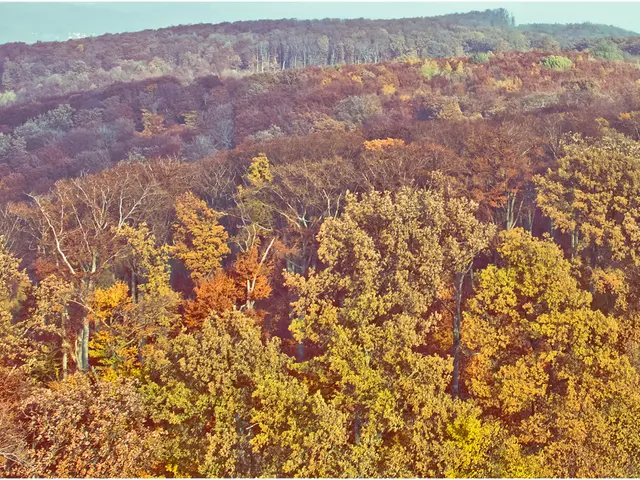Landscape Fabric Maintenance and Replacement Guidelines Over Its Lifespan
Landscaping with the Warrior Weed-Fighter: A Guide to Maintaining Landscape Fabric
Landscape fabric is an ally in the battle against unwanted vegetation. It's a gardener's and landscaper's secret weapon for maintaining a clean, low-maintenance yard or garden bed. However, like any formidable soldier, it requires attention to stay at the top of its game and conquer weeds!
In this guide, we'll share all the need-to-know tips for caring for your landscape fabric, extending its lifespan, and knowing when it's time for a replacement. But don't worry, there'll be no drill sergeant yelling orders - we've kept this simple and straightforward!
Contents
- Why Use the Mighty Landscape Fabric?
- A quick rundown on why garden warriors choose this weapon of weed suppression
- Maintaining Your Fabric Over Time
- Yearly Inspections
- Patch Those Holes!
- Mulch Management
- Secure Loose Edges
- Root Wrangling
- Cleaning Clogged Fabric
- Battle Strategies to Avoid
- Tearful Tactics to Avoid
- Relentless Weed Wars
- Precarious Drainage
- Mulch Madness
- Replacement Techniques
- A Fresh Start with ECOgardener Landscape Fabric
Why Use Landscape Fabric?
Soldiers, let's talk about why this fabric is one of the most trusted tools in our arsenal:
- Weed suppression: Prevents weeds from growing while allowing water and essential nutrients to pass through.
- Soil protection: Helps prevent erosion and compaction, especially in hilly areas.
- Mulch retention: Keeps mulch in place and reduces the frequency of refreshing your garden beds.
But remember, fellow garden-warrior, this isn't a "set it and forget it" situation. Landscape fabric can degrade over time and become clogged with soil, organic matter, and even become a safe haven for pesky weeds if not maintained properly.
Battle Plan for Maintaining Landscape Fabric
Inspection Time!
Schedule at least one yearly inspection (ideally in early spring) to check the state of your garden bed's fabric:
- Look for signs of wear, such as tears, tiny holes, or lifted edges.
- Check for any persistent weed growth, especially those that have sneakily found a way to emerge through tiny cracks or tears.
- Lift mulch to assess the fabric underneath, searching for any signs of damage or drastic deterioration.
Fix those Holes!
Promptly address minor damage to avoid further destruction:
- Use landscape fabric tape or a small patch of new fabric to cover the affected area.
- Secure the patch with staples to keep it from shifting around.
- Cover the repaired area with mulch to blend in and restore functionality.
Mulch Management
Organic mulch like bark or wood chips breaks down over time, building up on the fabric and potentially clogging it or encouraging weed growth. Keep these tips in mind:
- Rake and fluff the mulch annually to break up dense layers and allow air to circulate.
- Refresh the mulch every few years to prevent excessive buildup.
- Keep the mulch depth to approximately 2-3 inches - enough to block light, but not too much to suffocate the fabric or soil.
Edge Control
Over time, edges of the fabric may loosen due to wind, water, or foot traffic. Re-pin them securely:
- Use plenty of landscape staples spaced every 12-18 inches to hold the edges down.
- Overlap edges by at least 6 inches if re-laying or repairing.
- Tuck the edges under mulch or soil to prevent fraying.
Root Protection
Plants with tenacious roots (like Wolverines dressed in mint or bamboo) can pierce or grow under the fabric:
- Keep such plants in containers or raised beds instead of planting them directly in fabric-covered areas.
- Regularly monitor root growth near seams or edges.
Cleaning Station
If water isn't draining through the fabric any longer, it may be clogged with dirt or organic debris. Keep your fabric in tip-top shape with these tactics:
- Gently shake the fabric (if manageable) to dislodge debris.
- Rinse with a garden hose if necessary.
- If cleaning doesn't restore the fabric's drainage capabilities, it might be time for a replacement.
Battle Strategies to Avoid
Weed warriors, beware these common traps on your journey to landscape fabric mastery:
- Tearful Tactics to Avoid
- If your fabric sports widespread tears or deteriorates too quickly, you might be using a low-quality, non-woven fabric that won't last long. Invest in a quality, UV-stabilized woven fabric for a more durable solution.
- Relentless Weed Wars
- If pesky weeds keep growing through your fabric, it may be damaged beyond repair or have extensive organic buildup. Assess the damage and address any issues promptly to regain control of the battlefield.
- Precarious Drainage
- Poorly managed drainage can cause water to pool on your fabric, leading to clogs and rendering it ineffective. Ensure that your fabric is properly installed, and the ground beneath it is level and well-draining.
- Mulch Madness
- Excessive mulch or applying it too thickly can smother your fabric, leading to poor drainage and potential mold growth. Keep mulch depth between 2-3 inches for optimal results.
Road to Replacement
After many seasons of intense battle, your landscape fabric may eventually succumb to the relentless assault of weeds, time, and the elements. Don't be disheartened, warrior. A fresh start awaits with quality ECOgardener Landscape Fabric!
A Fresh Start with ECOgardener Landscape Fabric
Maintaining landscape fabric is essential to extending its lifespan and maintaining a thriving garden. yearly inspections, occasional patching, and careful mulch management will ensure your fabric remains effective in keeping weeds at bay and retaining moisture. When the time comes to bid farewell to your worn-out fabric, don't hesitate to replace it with a fresh, high-quality piece of equipment - ready for another round in the battle against unwanted vegetation.
Know what to look for (signs of widespread damage, persistent weeds, poor drainage, or severe mulch contamination), and act swiftly. With the right knowledge and tools, your landscape fabric can continue to serve as a reliable ally in the never-ending war against weeds!
- "In the realm of home-improvement, landscape fabric is a valuable home-and-garden tool for maintaining clean, low-maintenance gardens or yard beds. However, it requires periodical attention to ensure it continues to suppress weeds effectively."
- "To extend the lifespan of your landscape fabric, gardening tasks such as regular inspections, patching minor damage, managing mulch, securing loose edges, root protection, and cleaning clogged fabric should be included in your gardening or landscape maintenance routine."








